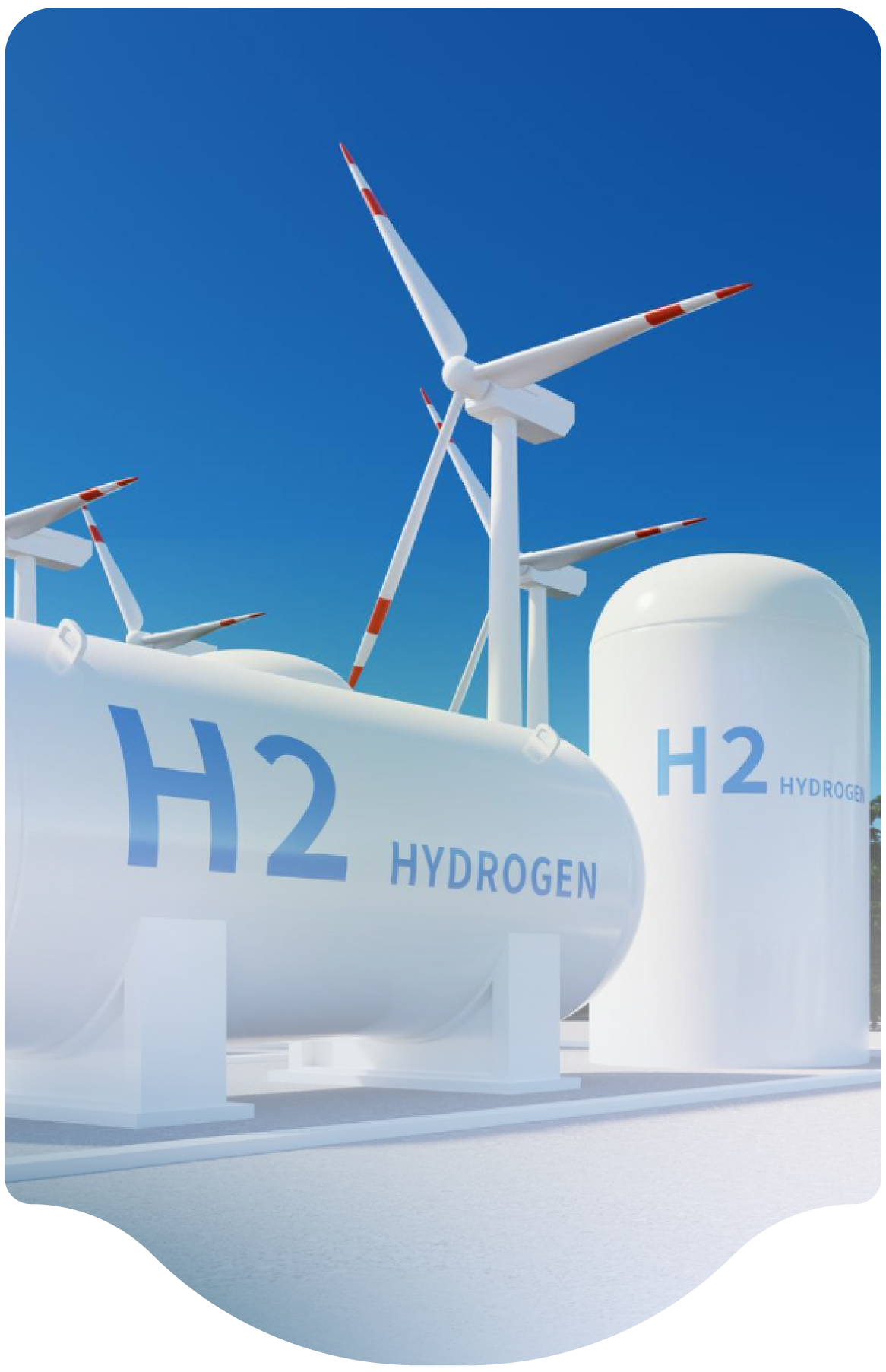Hydrogen-air mixtures in the vacuum vessel of international thermonuclear experimental reactors (ITER) may be produced by accidents. The basic safety approach is to limit the amount of hydrogen to keep concentrations below flammability limit. For ITER, 5-kg hydrogen uniformly mixed in the vacuum vessel with air at 1.0 bar would lead to concentrations below the flammability limit of 4 vol.%. However, in the case of air ingress into a hydrogen-containing vessel, the hydrogen concentration unavoidably passes through the flammability and detonability range. Also the local formation of burnable clouds is of concern. The problem is to determine the amount of hydrogen allowed to deflagrate or detonate in the vessel without impairing the radioactive confinement function of the vessel and its secondary enclosures. First, the vacuum vessel has to withstand the static load of a deflagration, which pressurizes the vessel for a substantial time period. The final adiabatic pressure after detonation is practically equal to the deflagration pressure because there is only a small difference in burn completeness. Second, in case of a detonation, the vessel has to withstand the dynamic load of the high peak pressure of very short duration during reflection of the detonation wave at the vessel wall. To determine the static load, the maximum deflagration pressures during air ingress transients are evaluated for completely mixed gases and local clouds of flammable mixtures. To characterize the dynamic load, a model for the momentum transferred to the wall by a reflected detonation wave is developed. It results in the simple rule, that the momentum of the wave is at maximum 13% of the total theoretical momentum defined by the total mass of gas in the vessel moving with the Chapman-Jouguet (C-J) detonation front velocity [A.H. Shapiro, The Dynamics and Thermodynamics of Compressible Fluid Flow, vol, 1, Ronald Press, 1953, p. 210]. The momentum transferred to the wall is about twice the momentum of the impacting wave due to reflection on the wall. The results for the ITER limit of 5 kg show a maximum deflagration pressure below the 2 bar design limit of the vessel and a detonation momentum, which is within comparable design loads of the vessel and its support structure, such as for the dropping of a blanket module from top of the vessel to the bottom. (C) 2001 Elsevier Science B.V. All rights reserved.
H2Tools
Bibliography
Discover the sources that fuel your curiosity.

